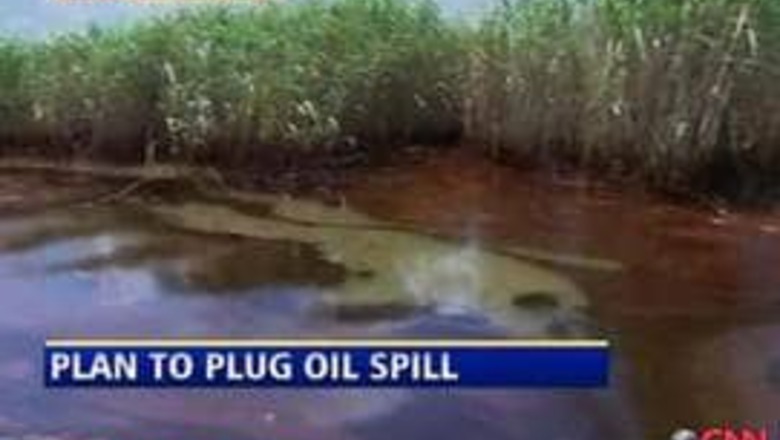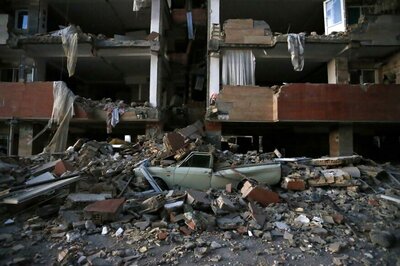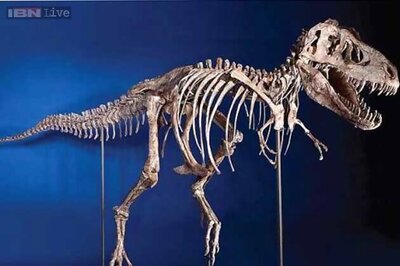
views
Washington: British Petroleum (BP) failed to seal off the oil gusher in the Gulf of Mexico after three days of trying the so-called top kill effort, BP chief operating officer Doug Suttles has said.
The growing ecological disaster - the largest marine oil spill in US history - entered its 40th day on Saturday even as BP struggled to contain the flow of crude oil from the ruptured well head.
"We have been unable to overcome the pressure of the well," Suttles said Saturday of the so-called top kill attempt to shut down the flow. "We made numerous attempts."
Over the past three days, BP engineers forced 30,000 barrels of heavy engineered mud down into the well and also shot rubber objects into the wellhead, but to no avail.
Suttles said BP will now turn to the "lower marine riser package", or LMRP, technique, which officials hope will be operating within four to seven days. This is a variation on the current siphon and would entail cutting off the jagged riser pipe at the well head and covering it with a new containment dome to capture more of the flow and siphon it to the surface.
The current siphoning operation, which is only capturing a fraction of the leaking oil, connects at the end of the long riser pipe that now snakes along the ocean floor. It was torn from the drill rig Deepwater Horizon in the April 20 explosion.
Suttles said that BP has collected 22,000 barrels of oil from the current siphon operations, and was hopeful that the new siphon would work better.
"We believe the LMRP should capture the majority of the flow. I can't give a precise quantity," Suttles said.
US officials have increased the estimate of crude leakage from 5,000 barrels a day to up to 20,000 barrels, making the well rupture the most disastrous US marine oil disaster, worse than the 1989 Exxon Valdez off Alaska.
Oil has slathered 160 km of the Gulf coast and flooded 12 hectares of fragile marshland, according to US Coast Guard Rear Admiral Mary Landry. Hundreds of pelicans and other sea birds are coated in oil amidst the crucial nesting season. Fragile marsh areas, nursery and much of the Gulf's marine and waterfowl life, are also dying.
The well ruptured after the explosion that sank the Deepwater Horizon drill rig and killed 11 workers.




















Comments
0 comment